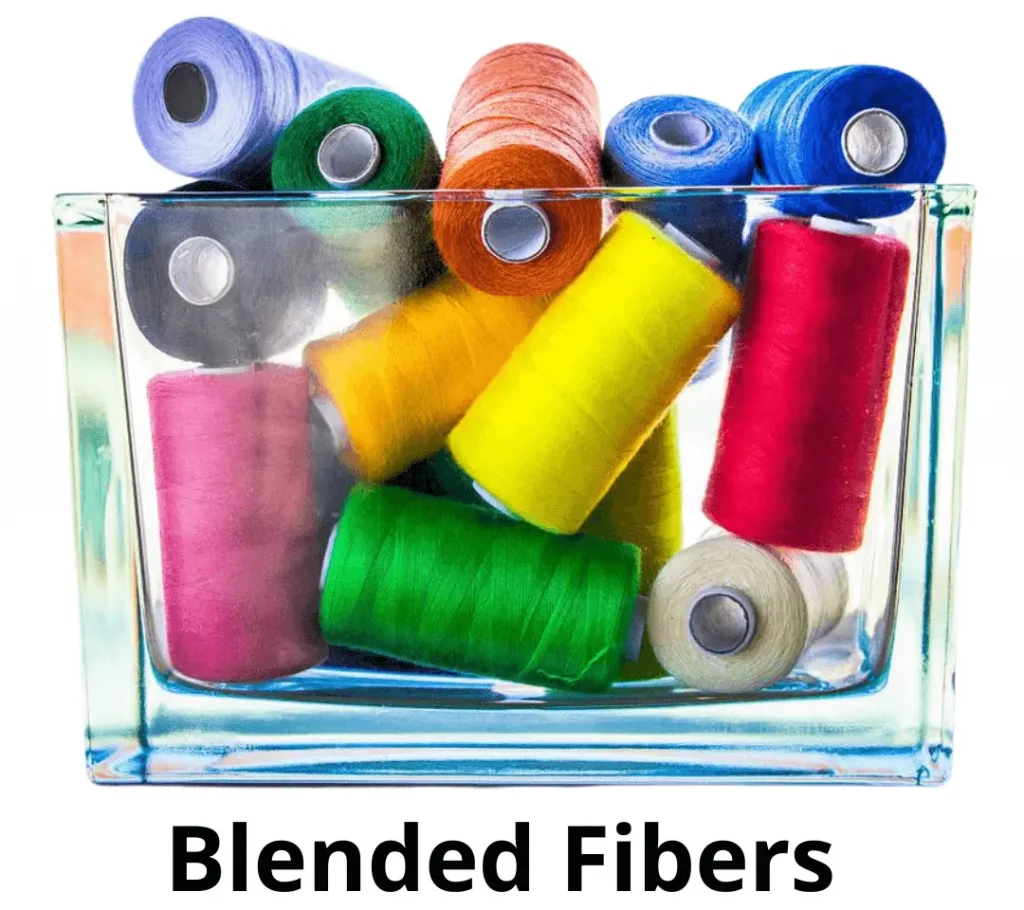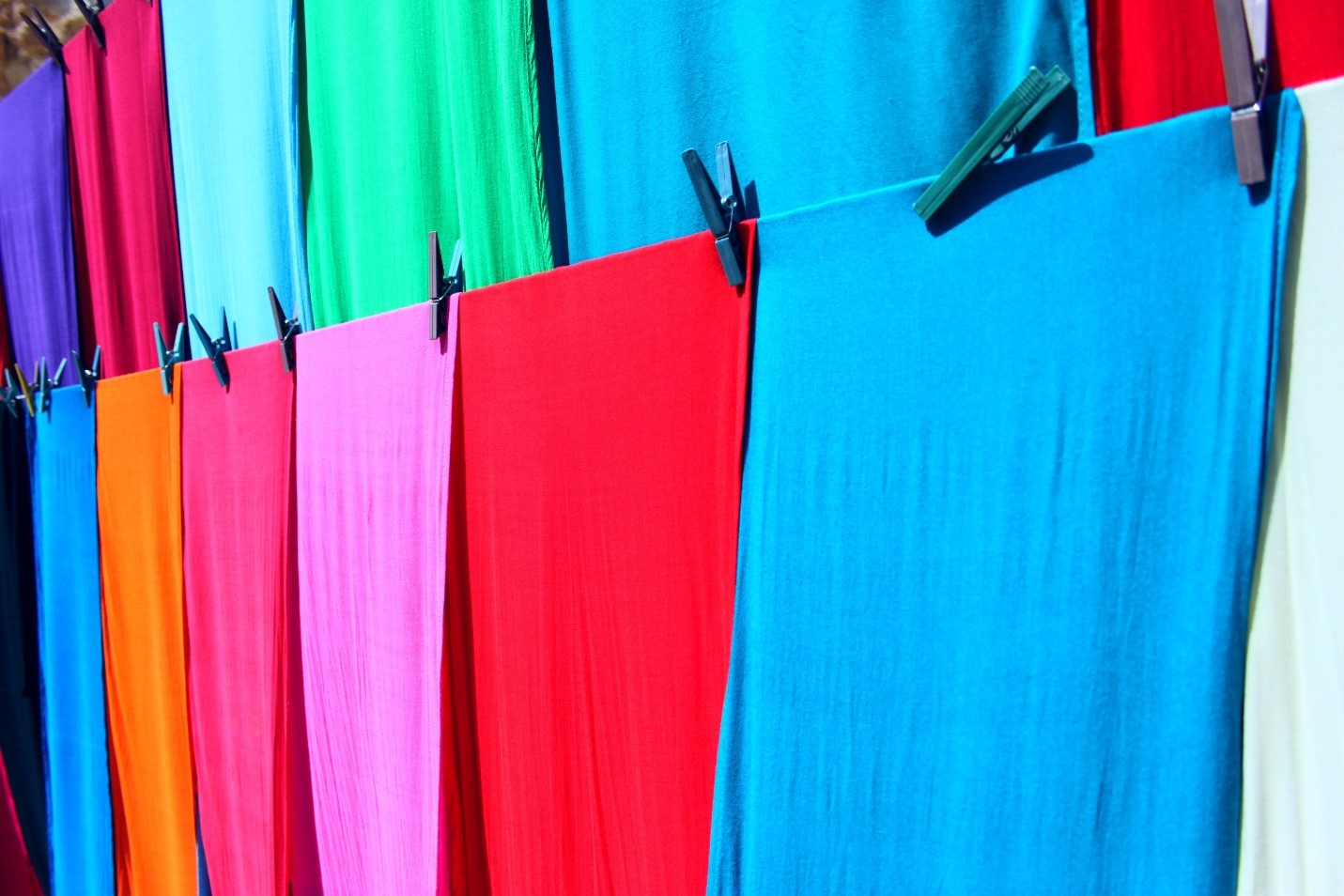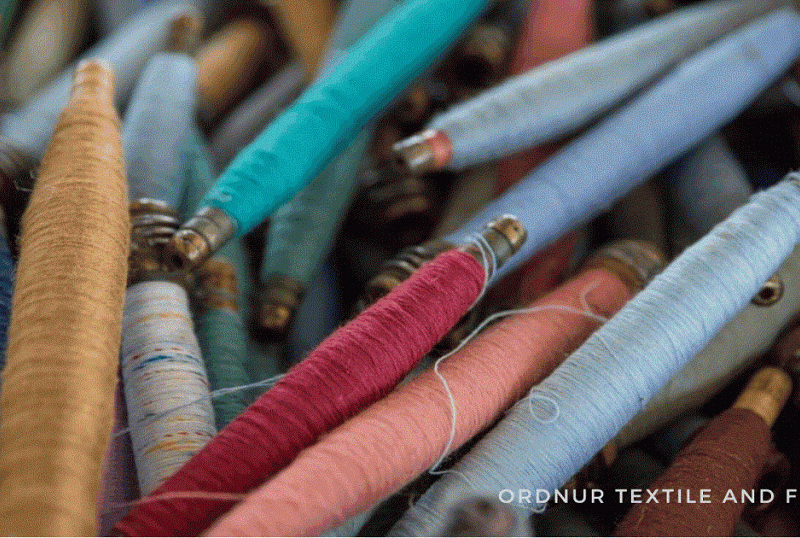Blended fibers are created by mixing different fibers to improve a product’s properties. For instance, a natural blend of spandex and cotton is used in sportswear and underwear to enhance stretching capabilities and avoid odor. The drawbacks of natural and synthetic fiber are lessened by a mixed fabric. This article will cover why are blended fibers so popular and Factors Influencing Fiber Blending.
The technique of blending involves combining two or more distinct fibers in the correct ratio. Blending is the process of combining several fiber lots to create a homogenous material. Usually, blending happens before a staple fiber yarn is spun or before a nonwoven process forms a staple fiber web. It is possible to combine fibers without creating a homogenous mixture (blend).
Blended Fibers So Popular
For instance, a fabric can be created by weaving together two or more yarn types, each of which is formed from a unique type of fiber or blend of fibers.
Factors Influencing Fiber Blending
There are many reasons why fiber blending is so popular. Better performance is the main driver for fiber mixing. By combining a fiber with another type of cloth that excels in those qualities, we can increase the qualities that one fiber lacks. For instance, when polyester is combined with cotton, the resulting fabric has a moderate absorbency, whereas polyester has essentially no absorbency.
The ideal texture for suiting materials is produced by mixing wool fibers with polyester to improve the texture, hand, feel, and appearance of fabrics. When viscose and cotton are combined, the lustre and softness of the cotton are improved, which also improves its appearance.
Another important factor driving fiber blending is to lower the price. This is occasionally one of the key justifications for fiber blending. It is frequently possible to lower the price of a very expensive fabric by combining it with a more affordable material. For instance, to cut costs, pricey wool is combined with less expensive polyester.
Moreover, fiber blending usually results in cross-dyed effects. When fibers with different dye affinities are joined and dyed together, intriguing cross-dye effects result from one fiber absorbing the color while the other keeps its original hue.
For instance, by combining polyester and cotton to make spun yarns, the efficiency of spinning, weaving, and finishing is enhanced. It is possible to blend either before or during spinning. That is possible to do it while opening and mixing. Despite making flawless blending easier, it causes issues and is therefore not very useful.
Overdrawing, roving, or spinning frames can be done even at the sliver stage. Today, blending overdrawing frames are most frequently utilized. Depending on the blend ratio, slivers of various fibers are merged over the drawing frame. They are drawn in order to obtain a single silver piece, which is then turned into yarn.
Common Fiber Blends
Cotton Polyester
Cotton is more supple and highly breathable. It is cool and light. Cotton, meanwhile, is more likely to wrinkle and shrink. Polyester is more resilient, sturdy, and long-lasting than cotton. The two major drawbacks of cotton, shrinkage and wrinkles, are also resistant to it.
A cotton/polyester blend is commonly found in clothing, particularly shirts. The blend is resilient, soft and light, and it keeps its color nicely. A cotton-polyester blend is less susceptible to static, pilling, shrinkage, and creasing. Although the blend is not as breathable as pure cotton, its characteristics make it ideal for athletic wear and clothing that endures a great deal of wear and tear.
Wool/Cotton
Wool is most well-known for its capacity to wick away moisture from the body. Natural insulator for both warm and cool situations, wool. Additionally, because it is anti-microbial, it can ward off odors. But some wool could be rough and irritating. Cotton is more supple and highly breathable. It is cool and light. Cotton, meanwhile, is more likely to wrinkle and shrink. It’s a typical blend used for hats, socks, jackets, and vests.
A wool/cotton combination enhances the fabric’s capacity to keep its form, giving the garment a better appearance, especially after repeated washings. Naturally, wool enhances wrinkle resistance, whilst cotton makes the cloth softer and more comfortable to wear.
Linen/Cotton
Because linen fibers cannot stretch, they deteriorate when folded or pressed in the same spot repeatedly. A cloth made entirely of linen is pricy and difficult to maintain. However, linen materials have a natural sheen, are cool to the touch, and are incredibly absorbent.
Additionally, linen is highly sturdy and resilient, especially when wet. It is regarded as a “luxury” material. Cotton is more supple and highly breathable. It is cool and light. Cotton, meanwhile, is more likely to wrinkle and shrink. By blending linen with cotton, the fabric’s strength is increased while the price of an expensive linen-only fabric is decreased.
Silk/Wool
Silk is strong but lightweight. Its smooth, lustrous appearance is unmatched. However, it costs a lot and ages poorly. Additionally, cleaning it calls for extra caution. Wool is best known for its ability to wick away moisture. Natural insulator for both warm and cool situations, wool.
Additionally, because it is anti-microbial, it can ward off odors. However, some wool can be coarse and irritating. A silk-wool blend retains the weight and sheen of both materials. The mixture is lustrous, breathable, and drapes well.
New Trends and Future Ahead
Nanotechnology enables the nanoscale blending of several components into fibers to enhance their functionality, longevity, comfort, and hygiene. Currently, most nanotechnology-infused clothing is manufactured from common materials that have had a nano-coating put to them.
Moreover biodegradable materials are also being blended these days. Although both tencel and bamboo are produced from organic sources, these new microfibers are synthetically made. They blur the distinction between natural and artificial fibers. Recent advances in science and technology have created a completely new kind of fabric blending.
But in the future, it’s expected that more fabrics will be manufactured from nanofibers, with the weave including nanoparticles and nanofilaments. For instance, a new generation of “smart” materials may react automatically to your body and the surroundings. As a result, blended fibers market materials have intriguing and distinctive qualities, and even more are being found along with their useful uses.



